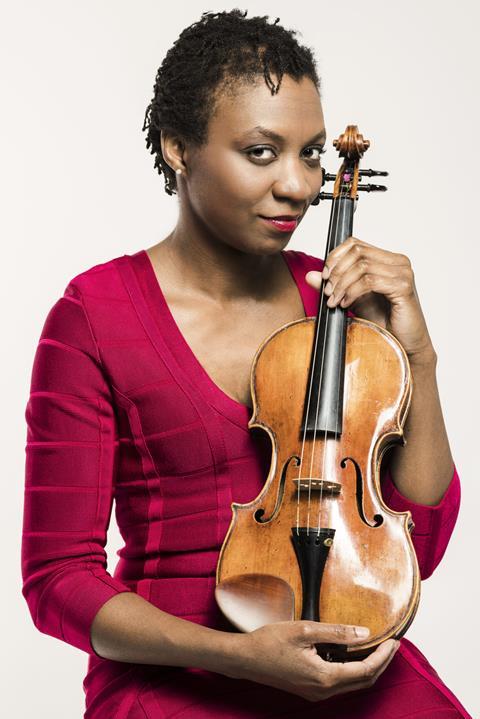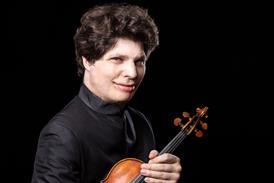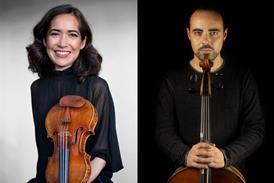The US violinist on finding your voice and the transition from student to professional

Discover more Featured Stories like this in The Strad Playing Hub.
Read more premium content for subscribers here
It was my teacher in Indiana, when I was aged between 9 and 14, that gave me the building blocks of who I am as a player today. If I had to sum up his approach it would be: get all of it done and don’t leave any stone unturned. I remember him once telling me, ‘You are too young to play out of tune!’ He also showed me the amount of dedication this craft takes, and he demonstrated it in his own approach while also requiring it of his students. I then began studying at Indiana University with Franco Gulli. He was a great teacher and a very special human being. One of the things I took from him was the importance of score study. It’s not good enough just to know your part; you really have to know everything that’s going on around you.
![taimurray not sure age [2003 or before] pc Robin Holland](https://dnan0fzjxntrj.cloudfront.net/Pictures/480xAny/5/0/0/33500_taimurraynotsureage2003orbeforepcrobinholland_16555_crop.jpg)
I sometimes had marathon three-hour lessons with Shmuel Ashkenasi. I was transitioning into adulthood so he talked a lot about making decisions, and stressed the importance of choosing your own path rather than just waiting for what comes your way. Making a choice helps you create direction, which in turn helps you musically. My goal of becoming a soloist was always very clear to me. The challenge was turning that into reality.
Going from studying at Juilliard to doing only professional work was definitely a bumpy transition. Being at an institution is like being under an umbrella. And now as a teacher, I realise even more how much of a bubble it is. When that umbrella is gone, you get rained on a lot. You need to learn how to navigate that new world and know who you are. There was a learning curve but because the goal was very clear, all I had to do was just get on with it.
There is space for everyone in this industry
I would urge young musicians to keep asking themselves ‘why?’ Why are you playing this piece; why are you making this connection with this person; why do you want to be a musician? The more you answer these questions, the more solid you can feel in your professional goals. I also think that learning how to deal with frustration in a mature way is crucial to achieving those goals.
Sometimes I get the feeling that classical musicians have to apologise for being creative. I don’t think we should. The goal should never be to hurt anyone, but it also can’t be that everyone should love what you do. This doesn’t allow for the full gamut of human emotion, which is what we’re dealing with as players. I also believe there is space for everyone in this industry. There are eight billion people on this planet, so there is an audience for everyone. It’s up to the player to bring something that someone wants to listen to. So don’t sit around and think – go and find your audience!
INTERVIEW BY RITA FERNANDES
Read: Masterclass: Tai Murray on Beethoven’s ‘Triple’ Concerto Part 1
Read: Tai Murray on expanding the classical repertoire
Discover more Featured Stories like this in The Strad Playing Hub.
Read more premium content for subscribers here
The number one source for playing and teaching books, guides, CDs, calendars and back issues of the magazine.
In The Best of Technique you’ll discover the top playing tips of the world’s leading string players and teachers. It’s packed full of exercises for students, plus examples from the standard repertoire to show you how to integrate the technique into your playing.
The Strad’s Masterclass series brings together the finest string players with some of the greatest string works ever written. Always one of our most popular sections, Masterclass has been an invaluable aid to aspiring soloists, chamber musicians and string teachers since the 1990s.
American collector David L. Fulton amassed one of the 20th century’s finest collections of stringed instruments. This year’s calendar pays tribute to some of these priceless treasures, including Yehudi Menuhin’s celebrated ‘Lord Wilton’ Guarneri, the Carlo Bergonzi once played by Fritz Kreisler, and four instruments by Antonio Stradivari.






































No comments yet